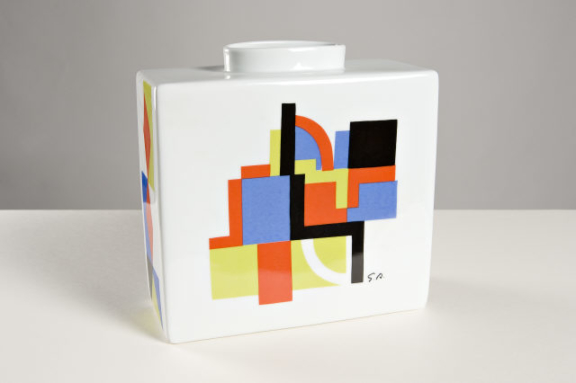
Sonia Delaunay
Venise
Gradizhsk, Ukraine, 1885 – Paris, France, 1979
She became acquainted with Robert Delaunay in the same artistic circles frequented by Udhe, and in 1910 she obtained a divorce from Udhe and married Robert. They moved into 3 rue des Grands Augustins, where they kept a studio until 1935. When their son Charles was born in 1911, she made a quilt of different colour pieces of fabric, juxtaposed in a mosaic arrangement (following the patchwork technique used by Russian peasants), which is considered to be her first abstract composition. Alongside painting, Sonia transformed her house into an experimental setting where she applied her research into simultaneous contrasts, crafting lampshades, cloth bindings for books, waistcoats and a simultaneous dress, celebrated in 1914 in Blaise Cendrars’ poem ‘Sur la robe elle a un corps’ (‘On her dress she has a body’). These decorations and simultaneous objects contrasted with white-painted walls (a remarkable novelty in interior decoration – the white replacing the old Imperial-style wallpaper). In 1913, Sonia and Blaise created the first simultaneist book, ‘La Prose du Transsibérien et la Petite Jehanne de France’, a long travel poem authored by Blaise with paintings by Sonia, which when unfolded measured 2 metres tall; the height of all the edition’s pages put together would equal the Eiffel Tower. In the same year, Sonia took part in the first Autumn Salon in Berlin (at the Galerie der Sturm, in an exhibition that also featured the work of Amadeo de Souza-Cardoso), showcasing painting, the Prose …, posters and various simultaneist objects.
The Delaunays were spending the summer in Spain when World War I broke out. They lived in Madrid for a few months, before leaving for Lisbon in the spring of 1915, and eventually moved to Vila do Conde in June 1915. The ‘violent luminosity’ of northern Portugal, the liveliness of the streets, markets and dances, the colours of the local costumes, and the rustic pottery all reminded Sonia of the Russia of her childhood. Various other reasons led them to extend their stay in Portugal until January 1917 (they would return to Valença do Minho in Portugal even after being anonymously denounced as spies, following which they were forced to live in Vigo for a period of time). Both of them immersed themselves in work during their time in Portugal, applying and continuing their research on colour in the construction of form. The quality of light in Portugal allowed them to ‘go even further than Chevreul in finding dissonances in coloured light, that is to say, rapid vibrations which provoked greater colour exultation by the juxtaposition of specific hot and cold colours’. The connection between art and life became even stronger, and they were utterly absorbed by it.
Material necessities and the need to make contacts that could provide them with remuneration for their work became crucial when the money from Russia came to an abrupt end in the wake of the Russian Revolution in 1917, so the Delaunays returned to Madrid. Sonia began to collaborate with the Ballets Russes, under the direction of Diaghilev, as a costume-maker for the ballet ‘Cleopatra’, and opened ‘Casa Sonia’, where she successfully sold her ‘simultaneous’ objects, clothes and accessories.
They finally returned to Paris in 1921, where they lived alongside the ‘new Dadaist and surrealist Avant Garde’: Philippe Soupault, Tristan Tzaras and André Breton. In 1922 Sonia produced a curtain-poem with Soupault, and her first dress-poem with Tzaras. She began to make ‘simultaneous fabrics’ for a manufacturer in Lyon, gradually increasing production until it reached a substantial scale and became a great success (30 employees in the 1930s, with a growing number of commissions). Her involvement in the Exposition Internationale des Arts Décoratifs in Paris in 1925, together with the costumier Jacques Heim, was vital to increasing publicity for her fabrics, and adding to their success. Her professional relationship and friendship with Jacques Damase began in the 1930s, and he recalls the creative and visual coherence that she brought to her work. Her ‘sewing collections’, sold by the Boutique Simultanée, in an elegant setting on the Champs Élysées, were ‘a collection of living pictures. She further developed the idea that she had back in 1913, when she produced her first simultaneous dress, as she believed dresses to be structures of colours which resonate like a musical fugue; a dress, or a coat, are slices of ordered space, structured through their material and dimensions.’
In 1937 Robert and Sonia were commissioned to decorate the Palais de l’Air and the Pavillon des Chemins de Fer at the Exposition Internationale des Arts et Techniques dans la Vie Moderne in Paris. Sonia created two large panel murals entitled ‘Viagens Longínquas’ and ‘Portugal’, as well as three panels with an aviation theme. Together with Robert and their friends, including Jean Arp, Marcel Duchamp, Jacques Villon and Albert Gleizes, she organised the first Salon des Realités Nouvelles in 1939, dedicated to abstract art. Robert died in Montpellier in 1941, after a serious illness.
Sonia Delaunay returned to Paris in 1945 and continued to exhibit both concrete and abstract work ceaselessly. She began to produce studies for her Alphabet series, helped to organise retrospective shows and exhibitions in honour of Robert Delaunay, made a vast array of lithographs, and was involved in forming the Espace group. In 1958 she exhibited 260 works at the Kunsthaus in Bielefeld, for which she also created a deck of cards in 1960, which would go on to be issued by the Gulbenkian Foundation in the 1980s. In 1963 the 117 works by her and Robert Delaunay that she had donated to the Musée National d’Art Moderne were shown at the Louvre.
Her work, which has been the subject of continual interest and increasing renown, is pivotal within the context of European modernism in the first two decades of the 20th century and the development of abstract art up until the 1960s. The 1960s would see greater institutional recognition of her work in the US, and her status was confirmed in France with the organisation of a major retrospective at the Musée National d’Art Moderne in 1967. To celebrate the artist’s work and her relationship with Portugal, the Calouste Gulbenkian Foundation organised the exhibition ‘Sonia e Robert Delaunay em Portugal, e seus amigos Viana, Sousa-Cardoso, Pacheco e Almada Negreiros’, which took place in Lisbon in 1972, and ‘Robert e Sonia Delaunay, 1885–1979’ in 1982.
NB: the quotations in inverted commas come from Sonia Delaunay’s autobiography, Nous irons jusqu’au soleil, published in 1978, Paris, by Éditions Robert Laffont

Venise
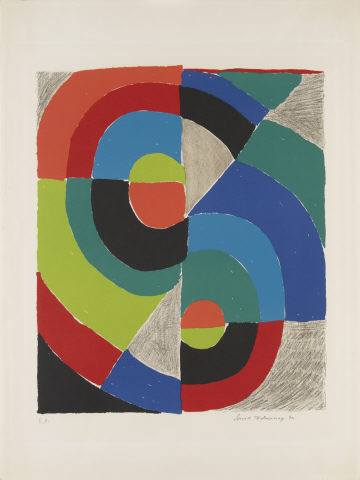
Viking
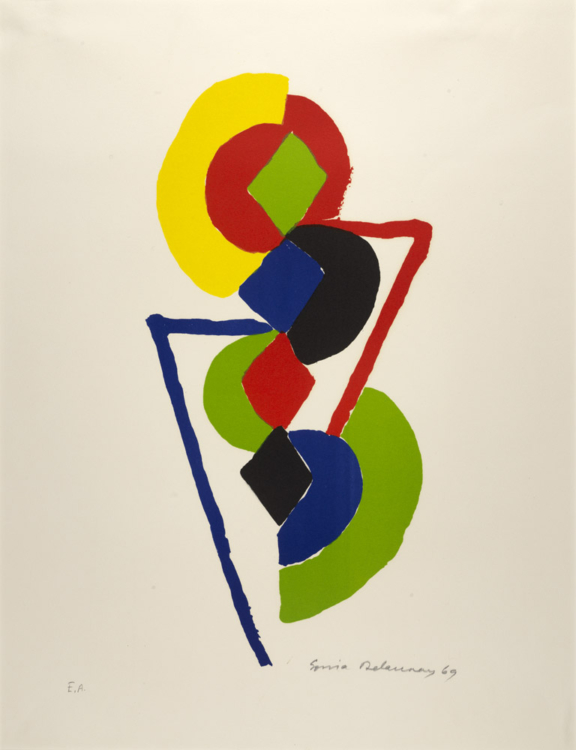
Poker
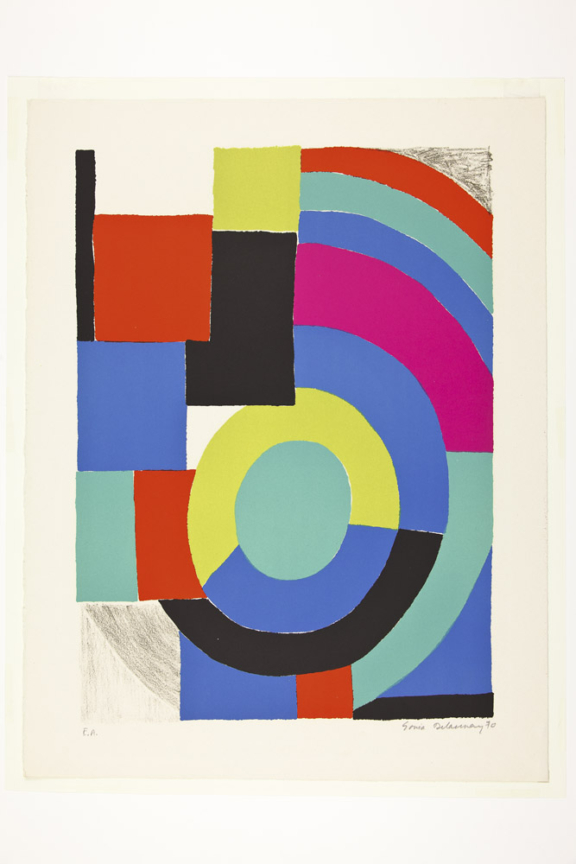
La Verte

Wiesbaden
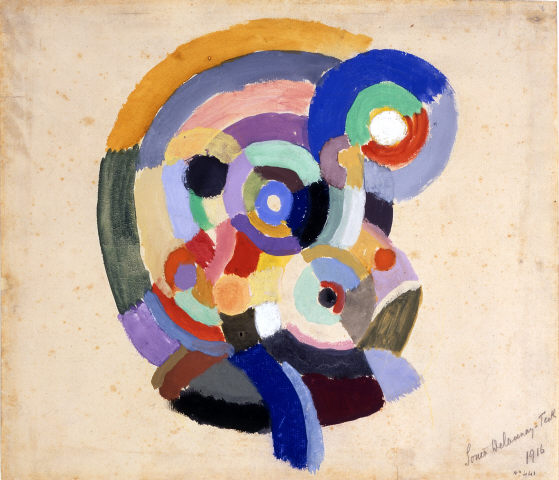
Chanteur Flamenco (dit Petit Flamenco)
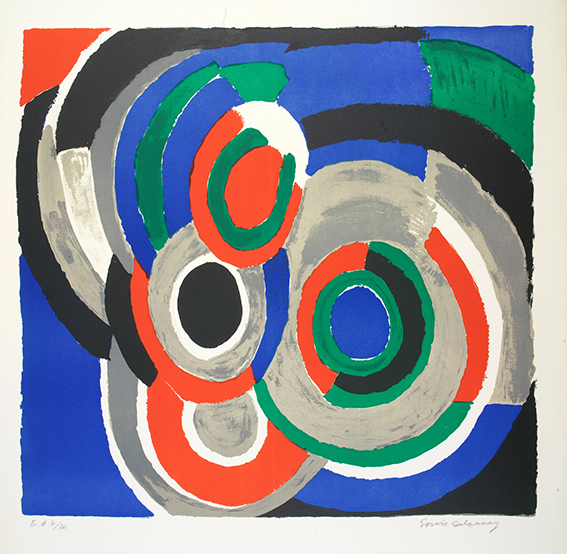
Hommage à Stravinsky

A Jour
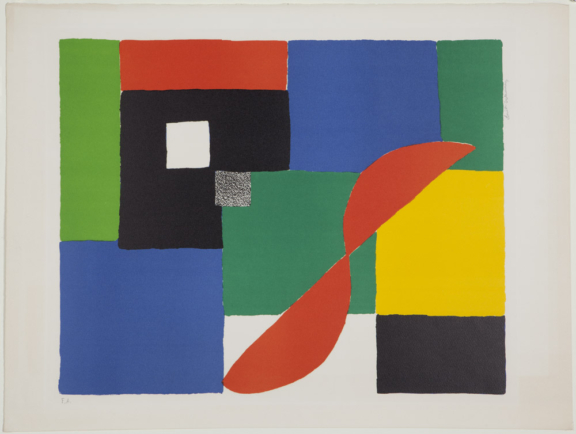
Helice Rouge
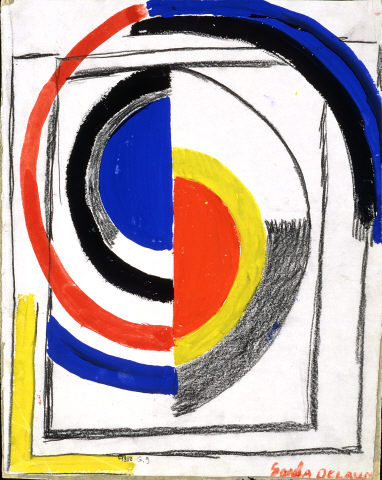
A Jour
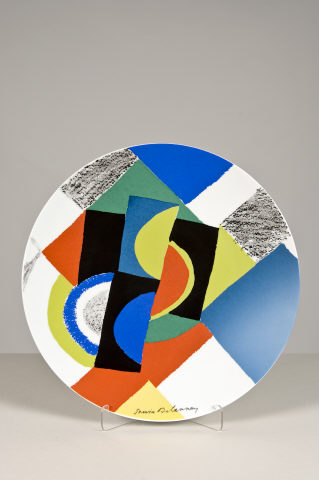
Rythmes Circulaires
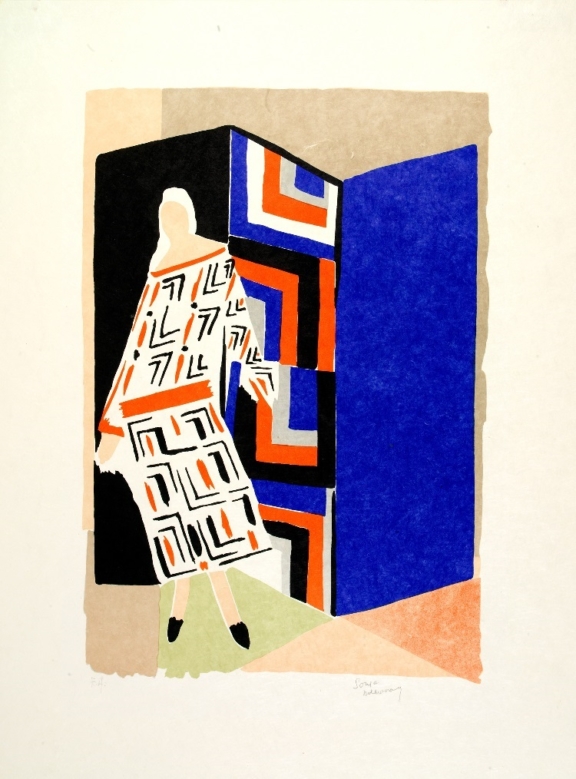
La Femme au Paravent
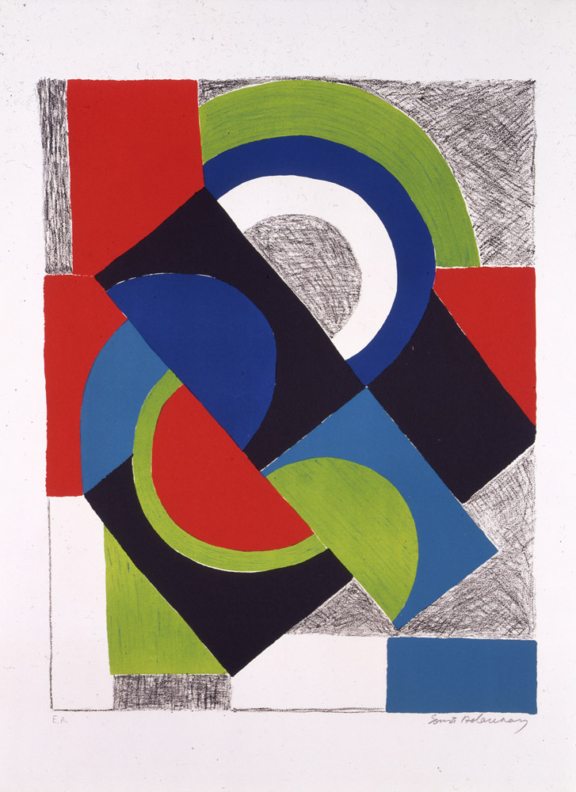
Contrepoint
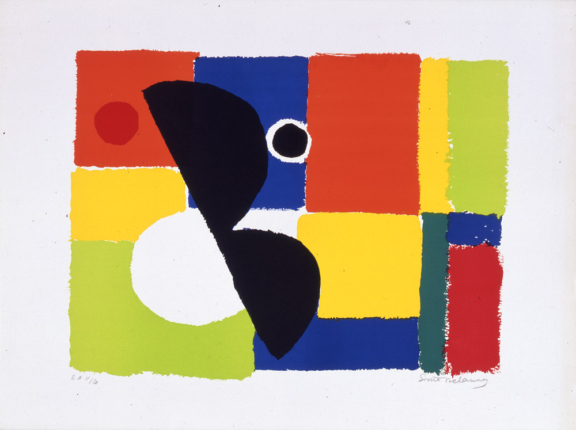
Eclipse
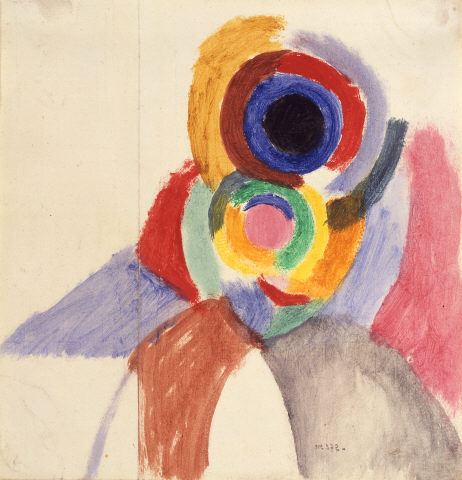
Auto-Portrait
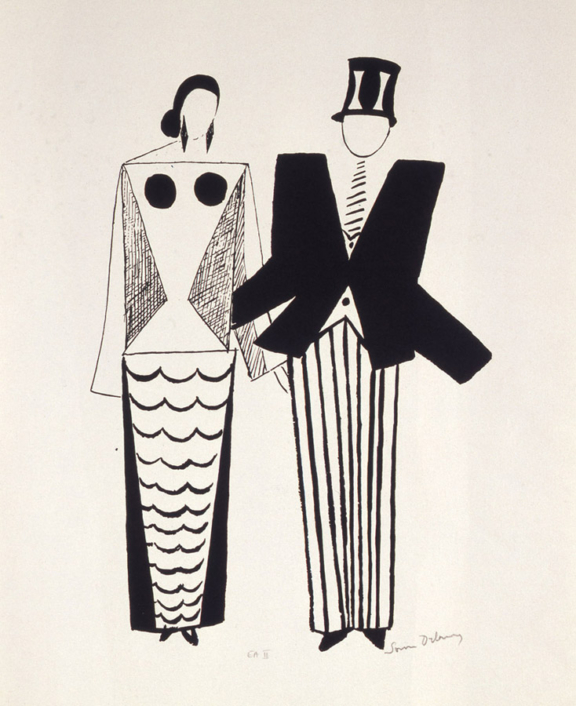
Coeur à Gaz
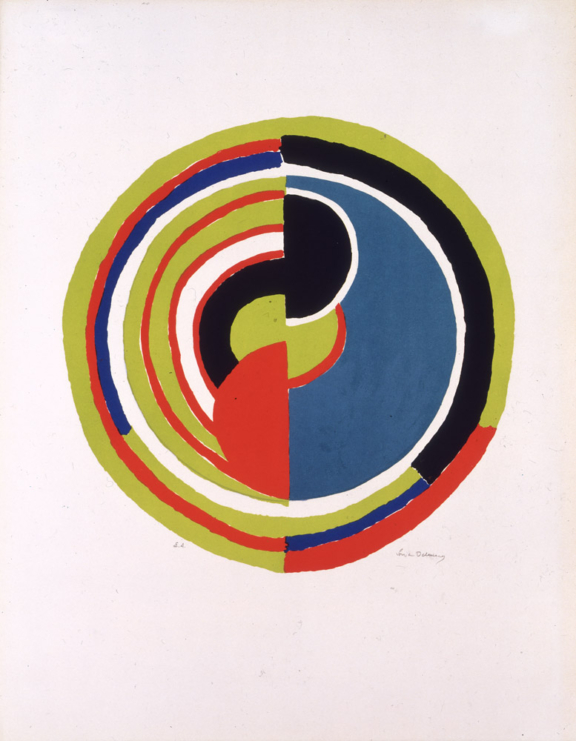
Signal
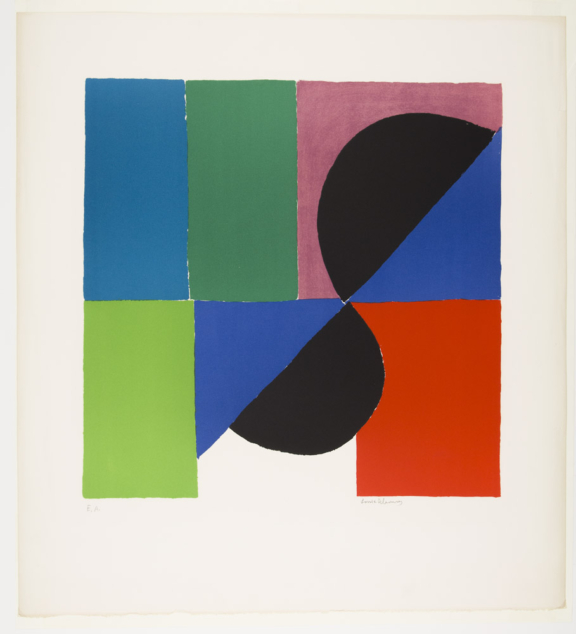
Nocturne Matinale
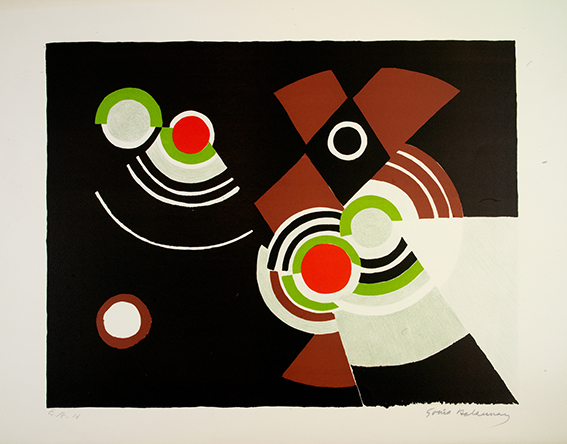
Cinéma
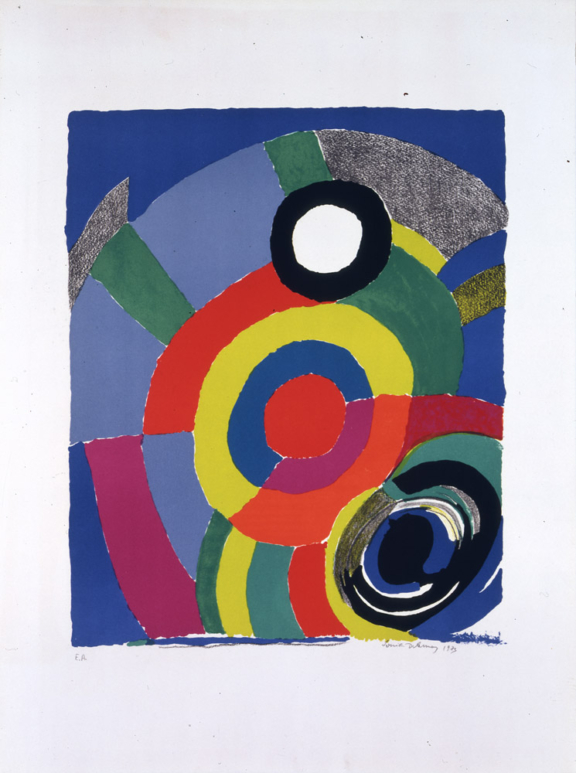
Thunderbird

Projet Voyages Lointains

Coeur à Gaz

Arc Vert
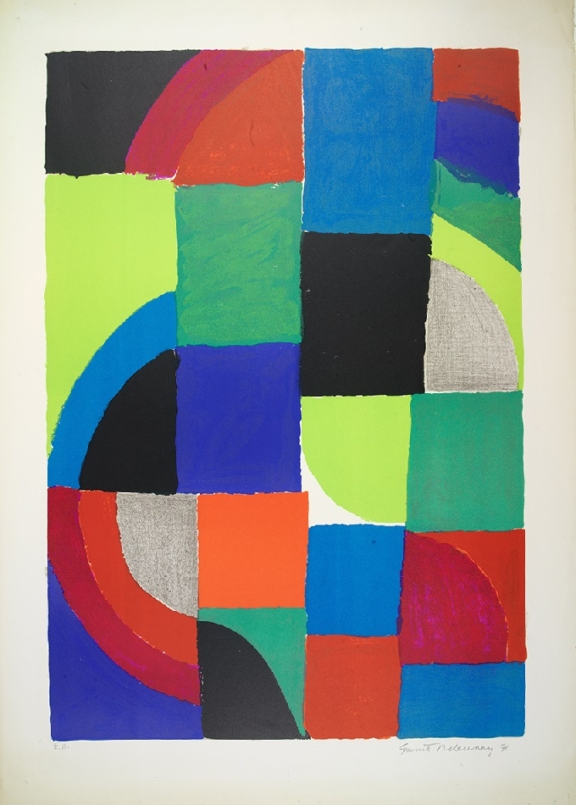
Printemps
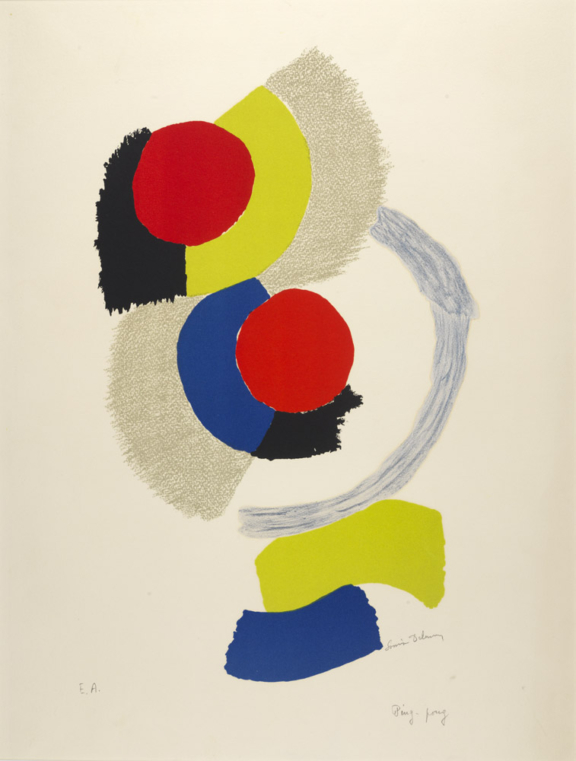
Ping-Pong
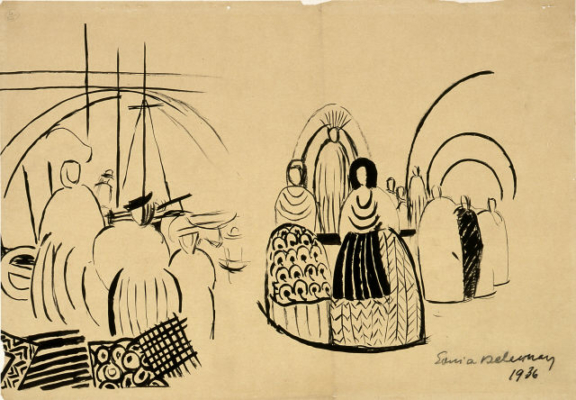
Projet Voyages Lointains

Coeur à Gaz
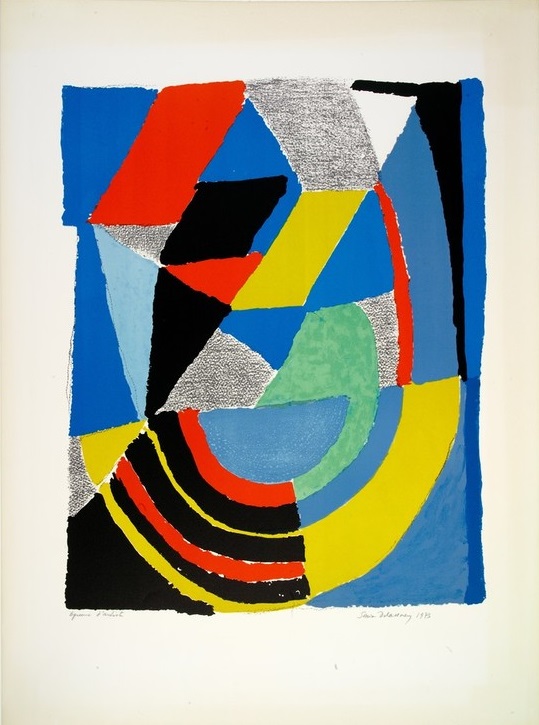
Troisième Dimension
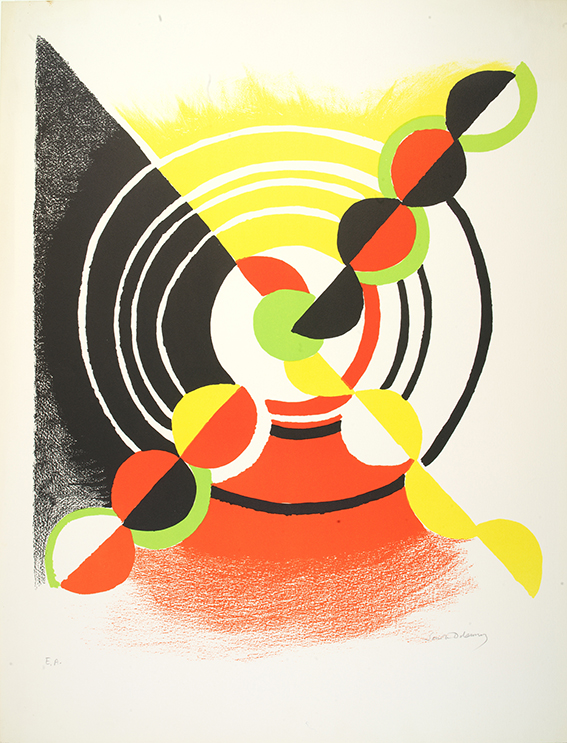
sem título

sem título

Chanteurs Flamenco (dit Grand Flamenco)
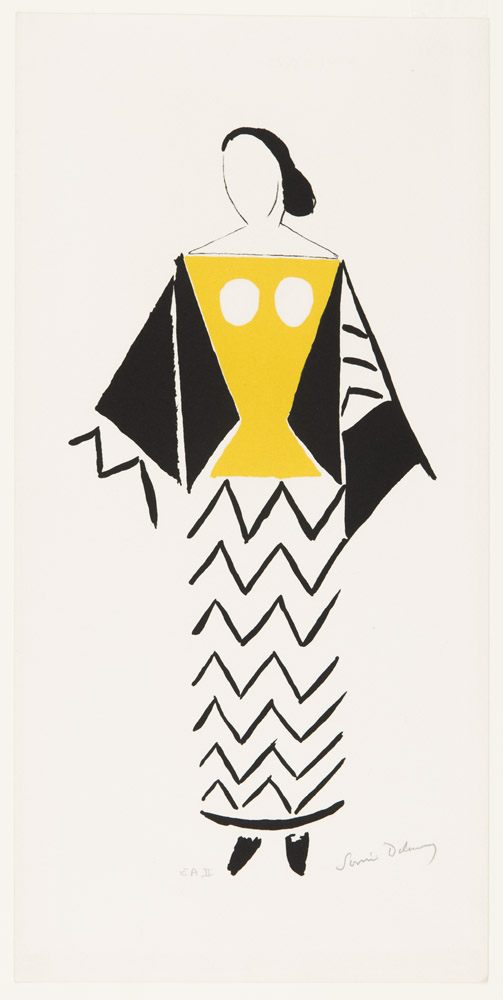
Coeur à Gaz

Yellow Rythm
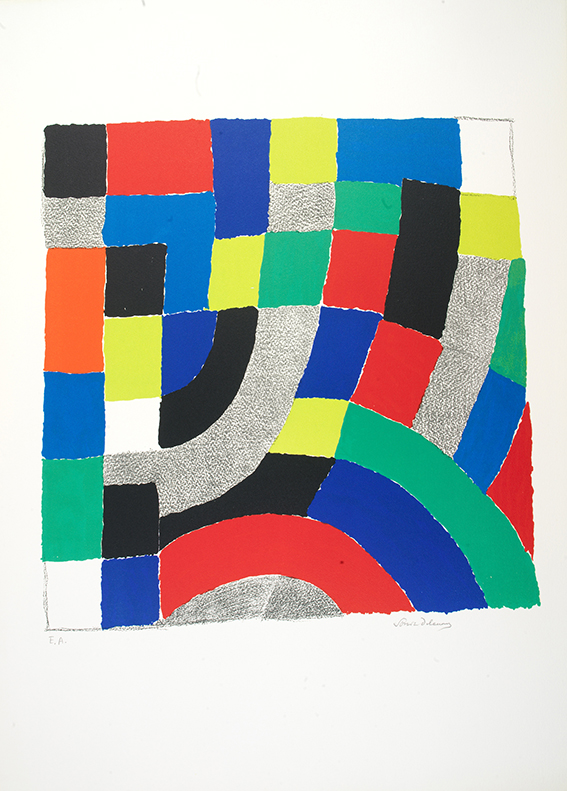
sem título
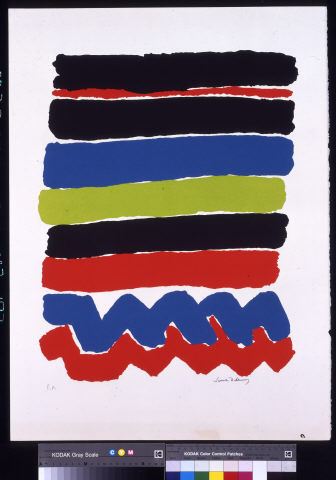
Ville de Paris
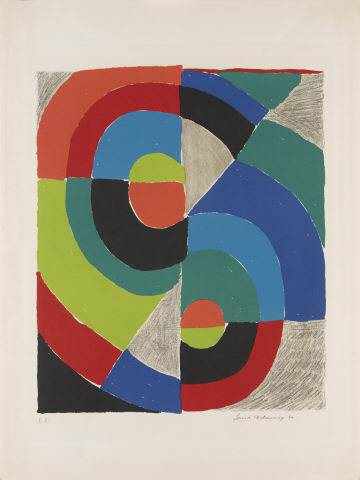
Fabbri
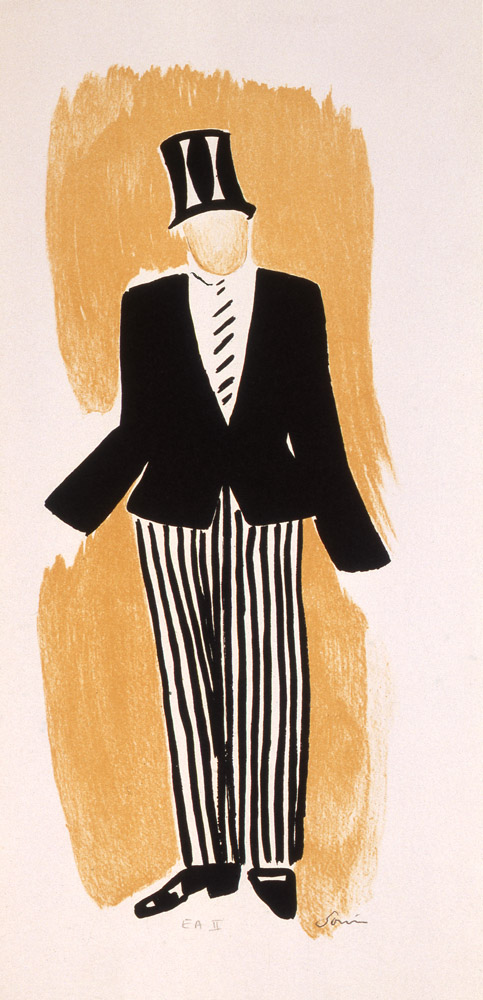
Coeur à Gaz

S/Título
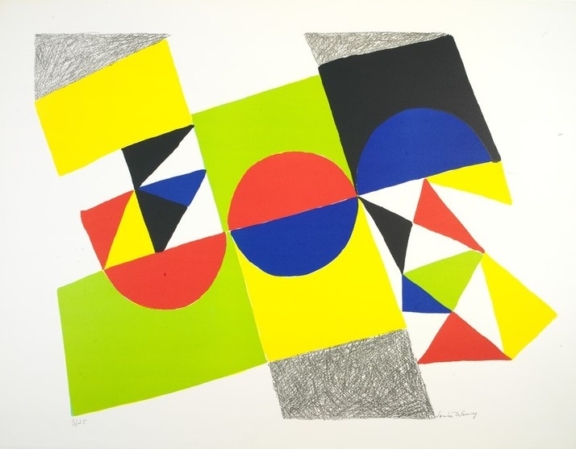
Cactus
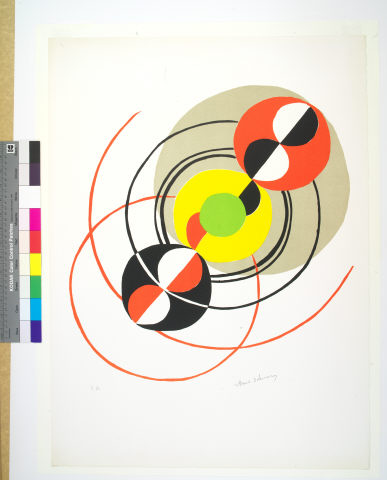
Cercles Concentriques
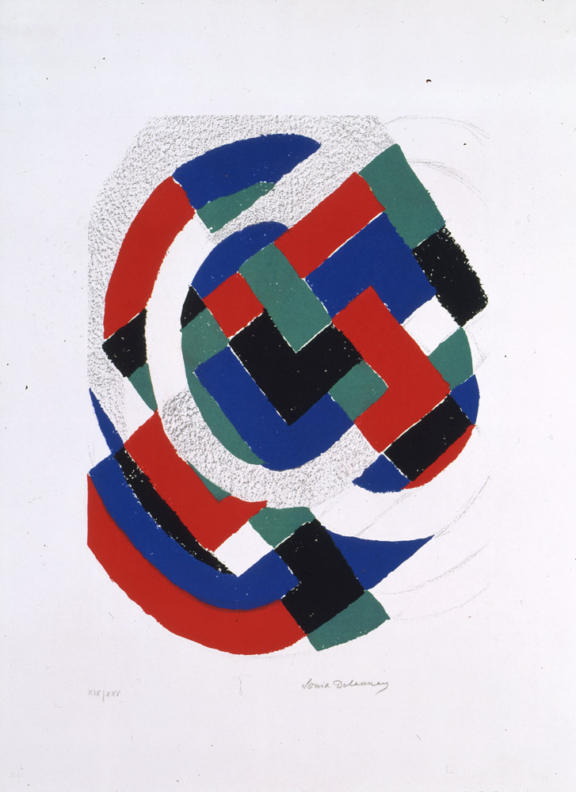
XX Siècle

S/Título
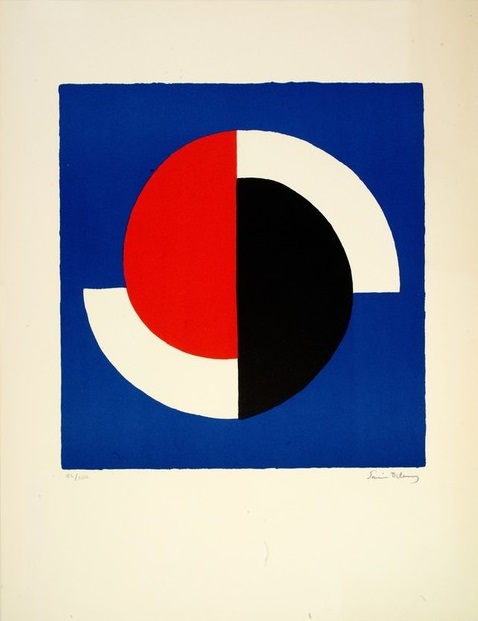
Toulouse
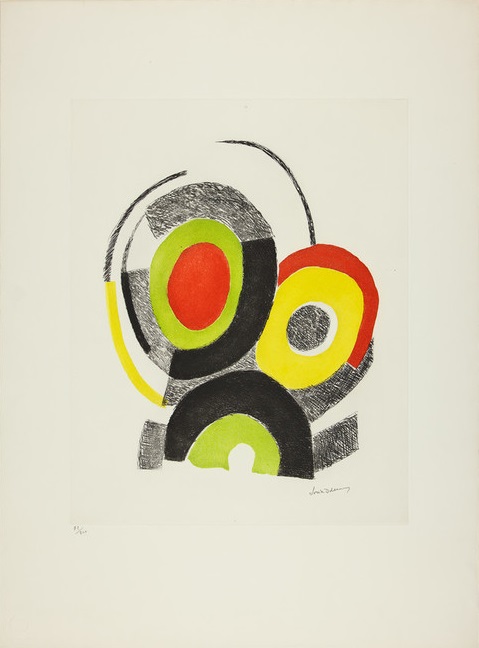
sem título
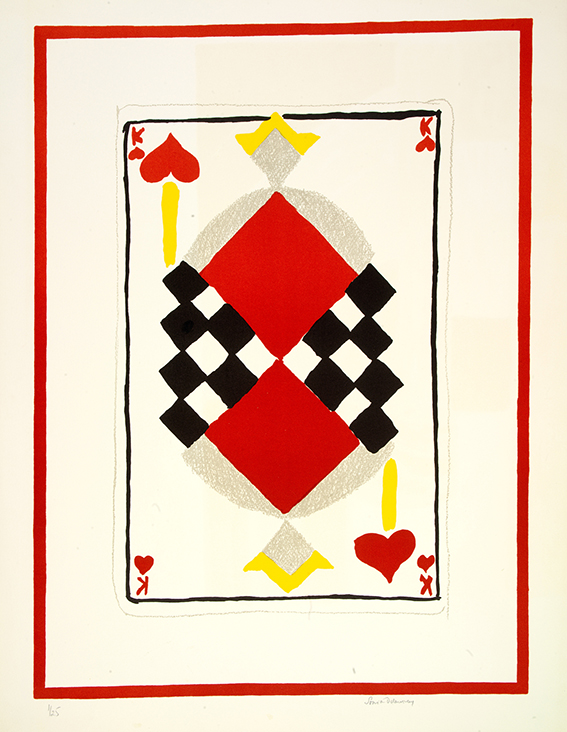
Roi de Coeur
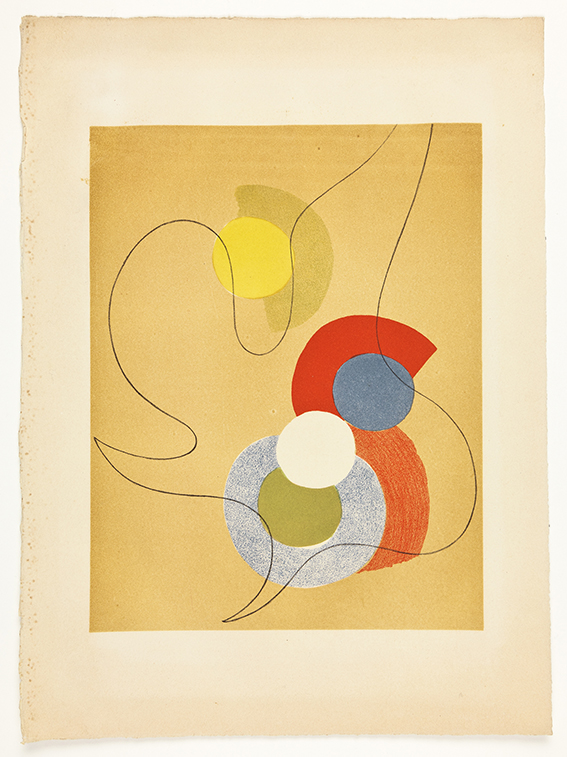
sem título
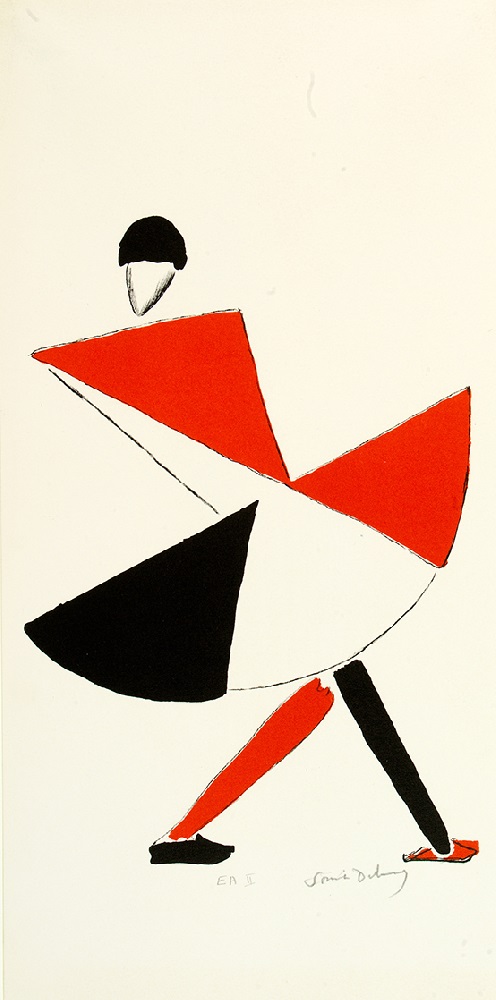
Coeur à Gaz
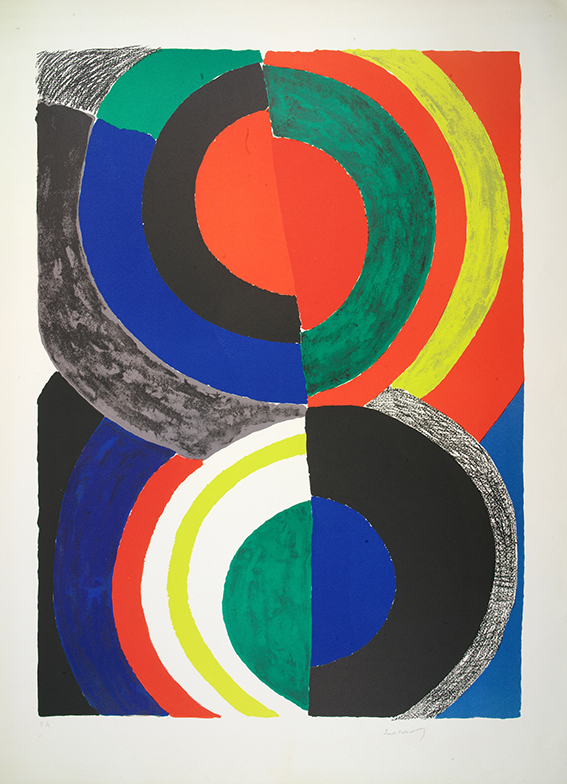
sem título

S/Título
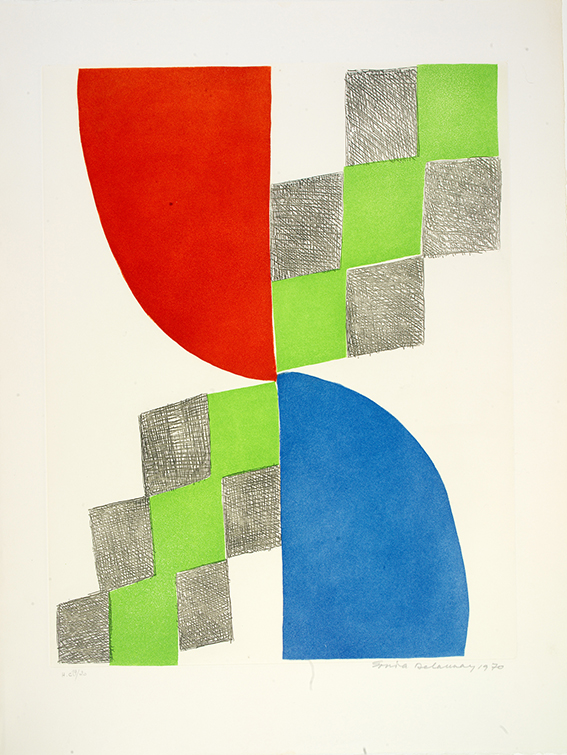
Fête Humanité
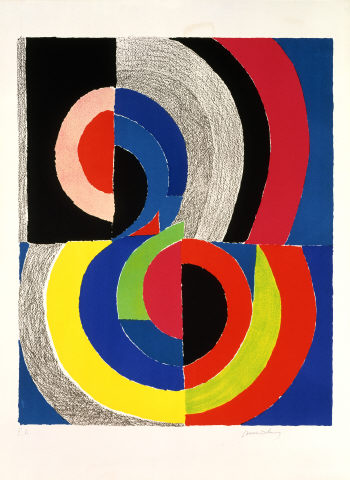
sem título
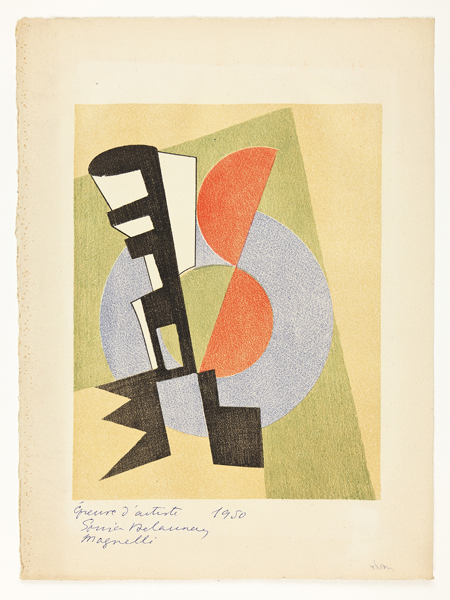
sem título
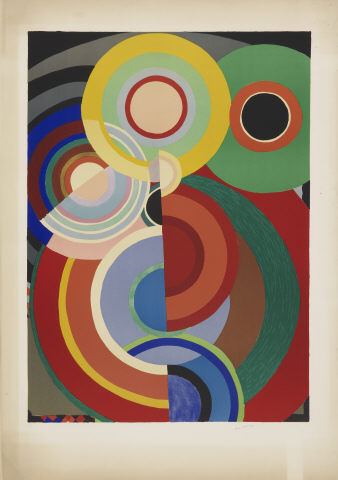
sem título

Cathédrale

sem título
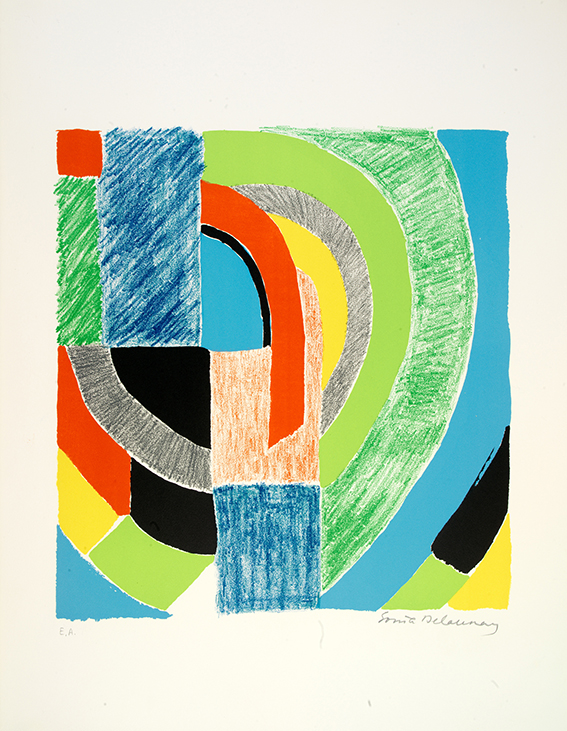
Orphique
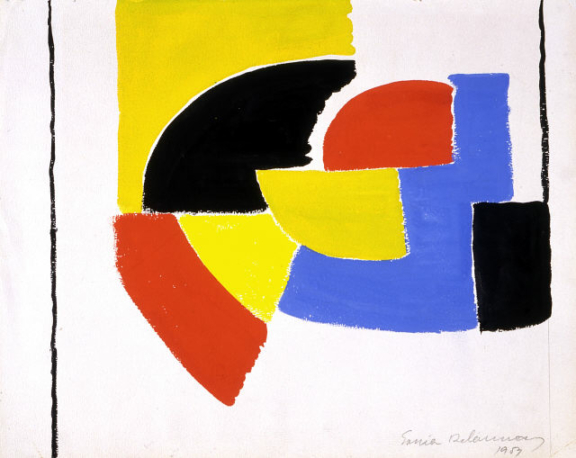
sem título

Coeur à Gaz
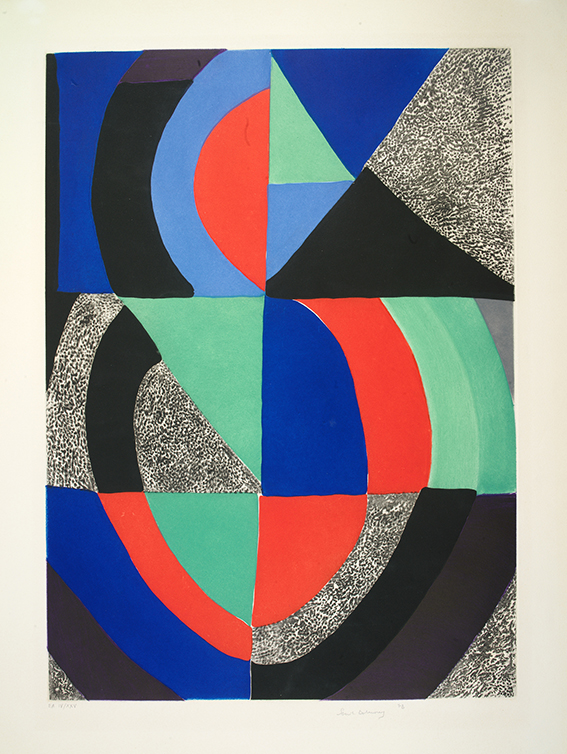
sem título

Granada

sem título
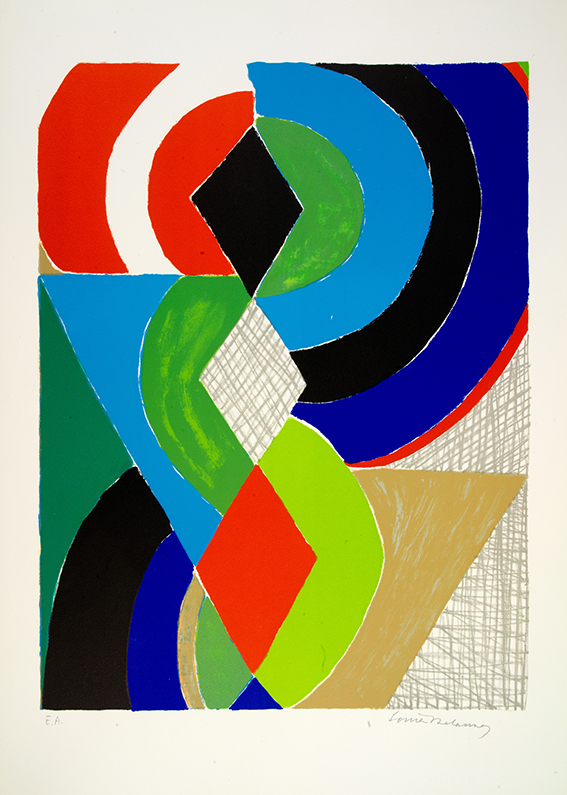
Joker Vert
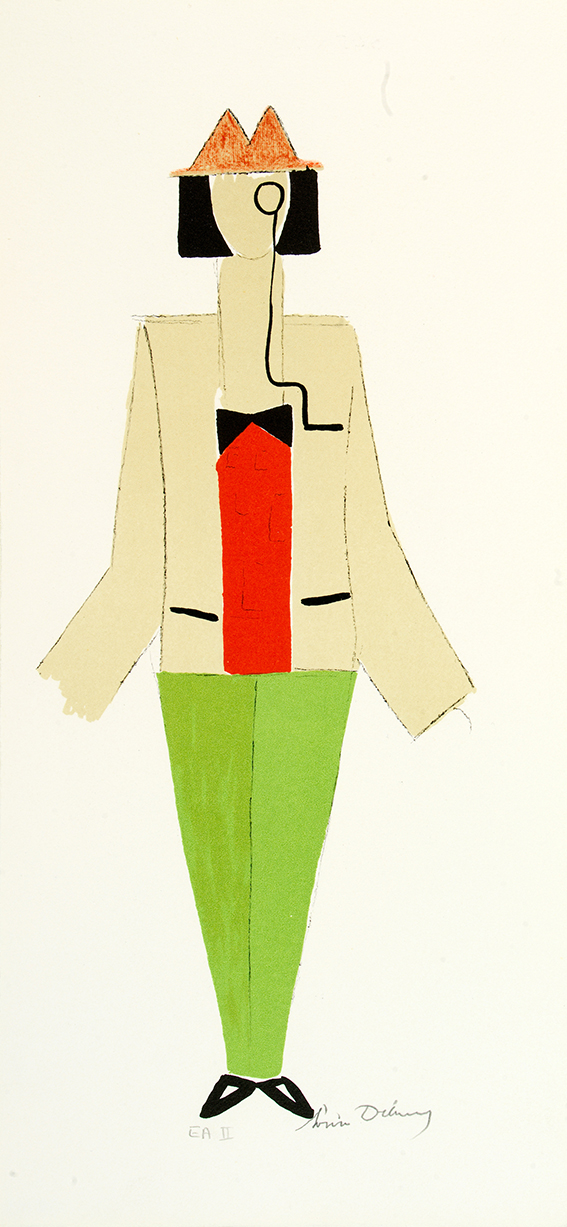
Coeur à Gaz

sem título
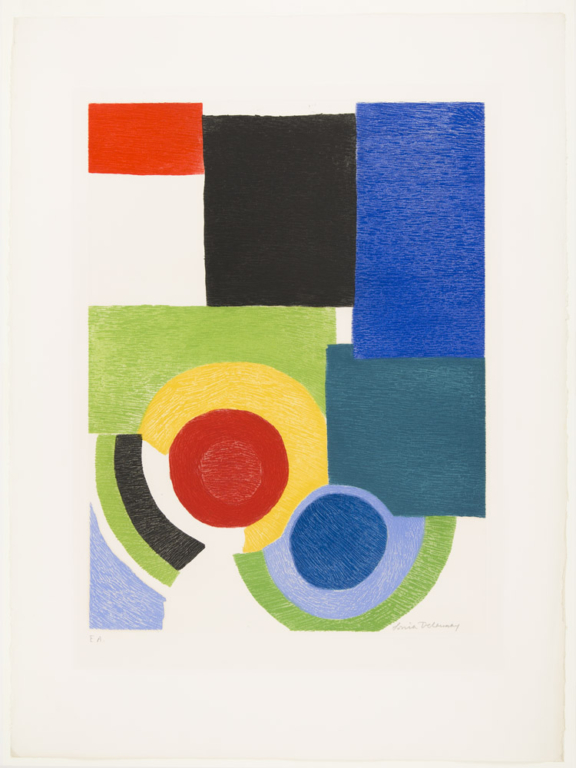
La Courière
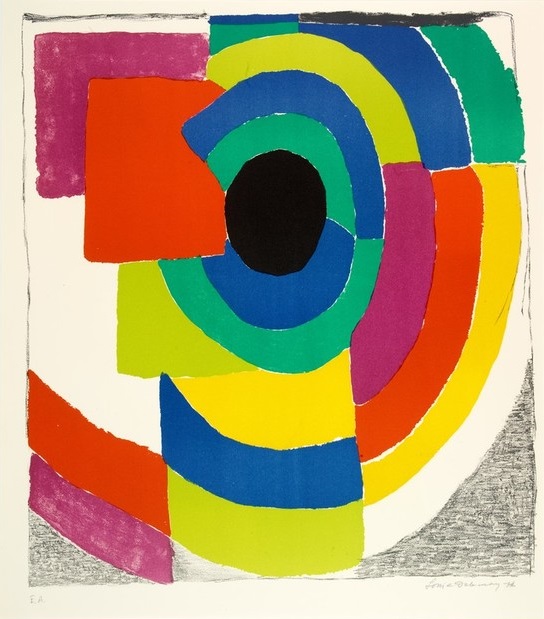
S/Título
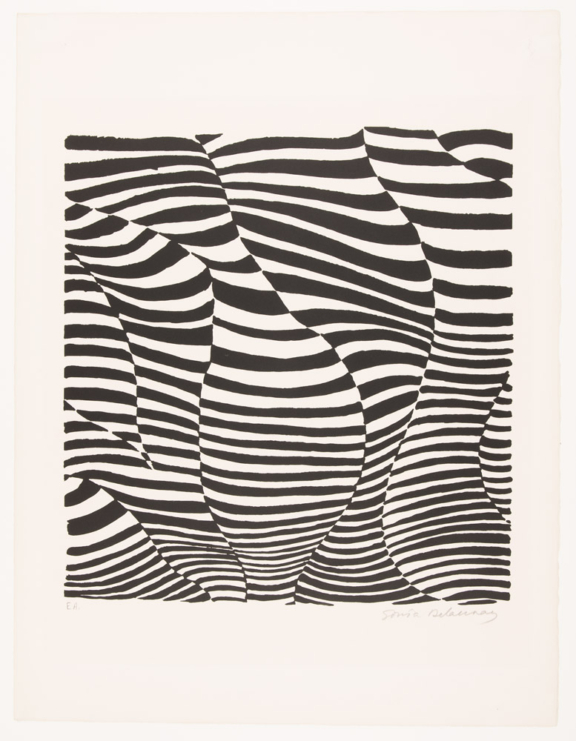
Noir et Blanc

Grande Icone
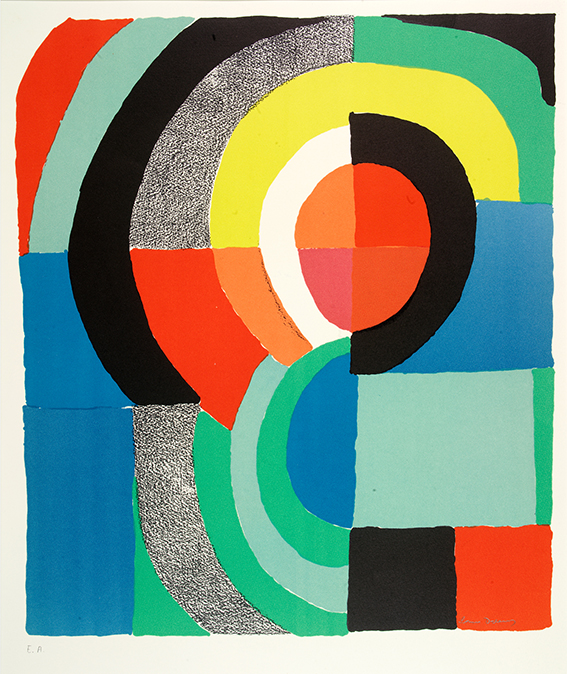
Les Jeunes
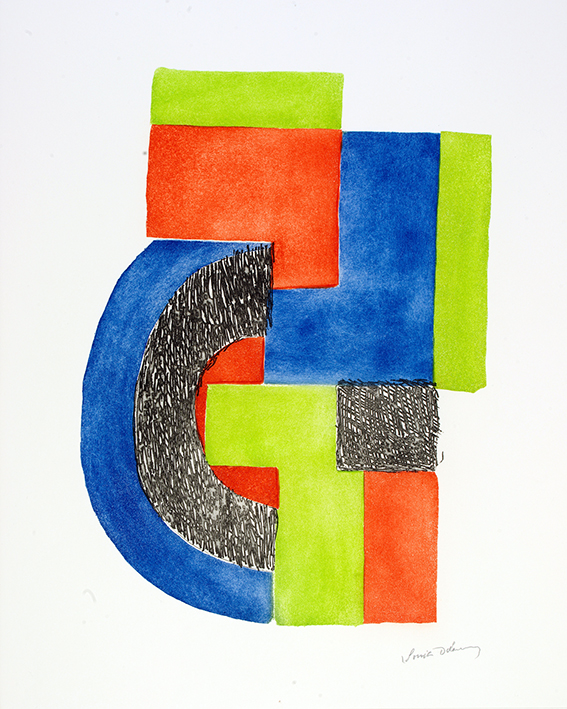
Sem título
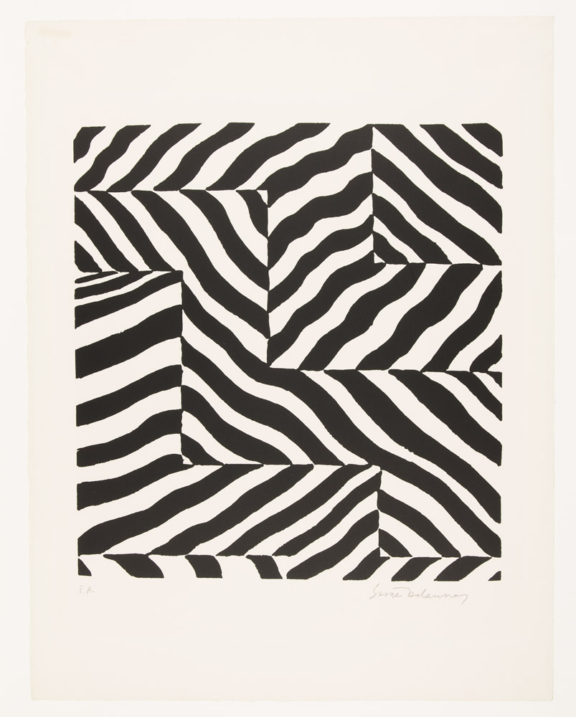
Noir et Blanc
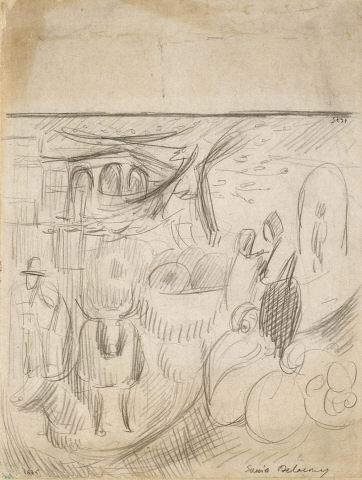
Marché au Minho

Venise
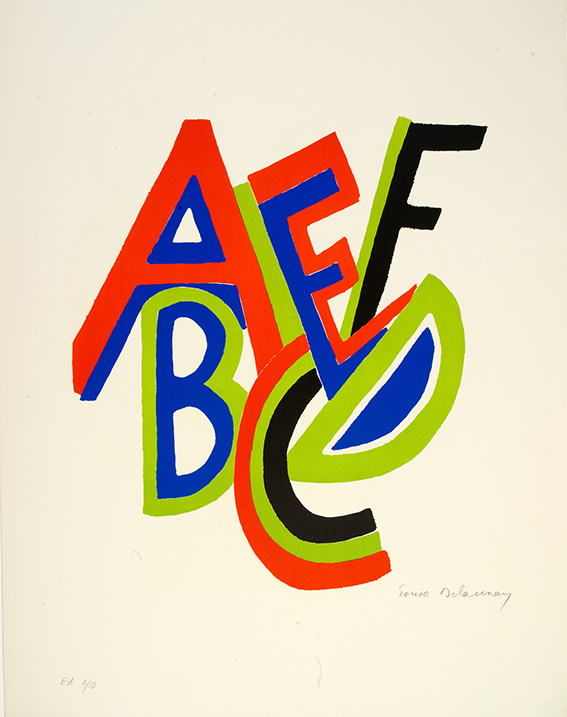
ABC

XX Siècle
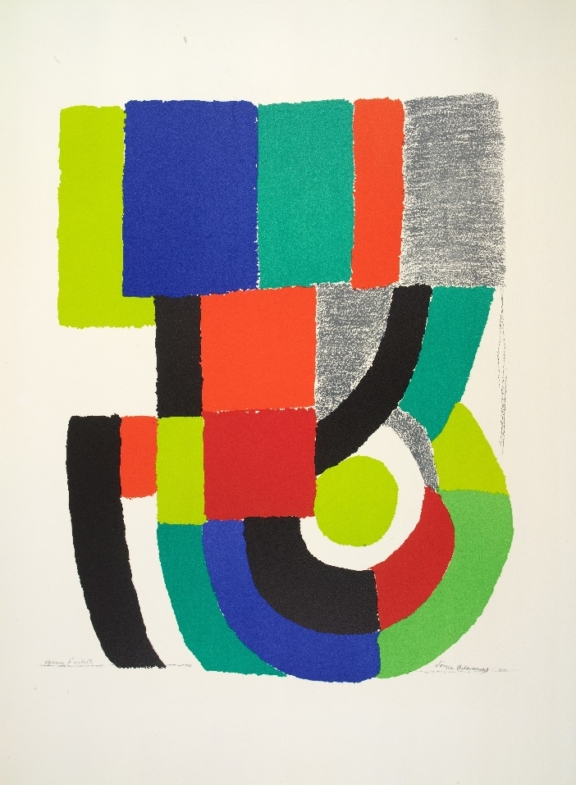
New York
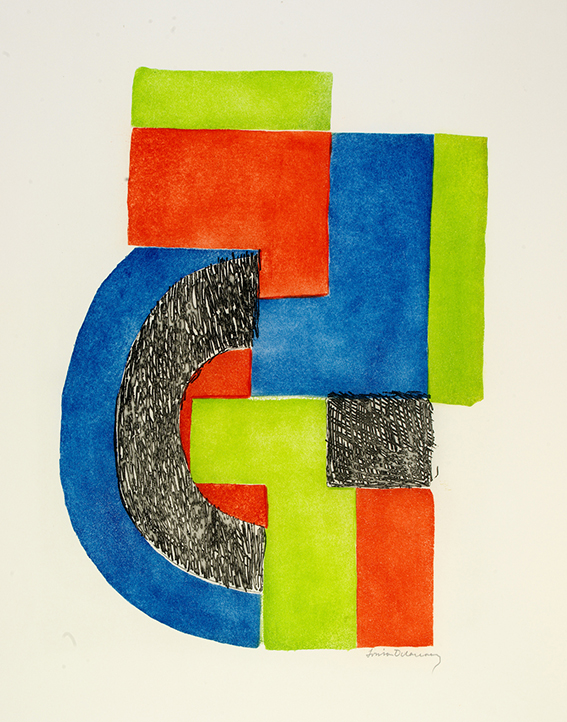
sem título
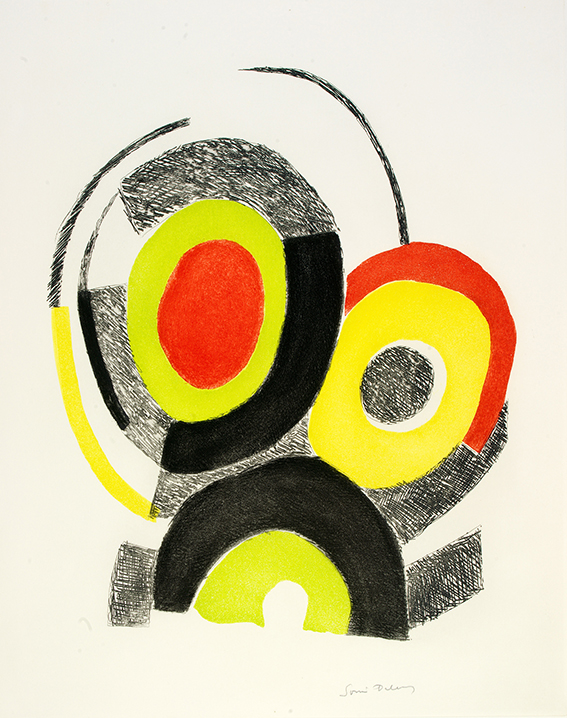
sem título

Jeux d’ enfants
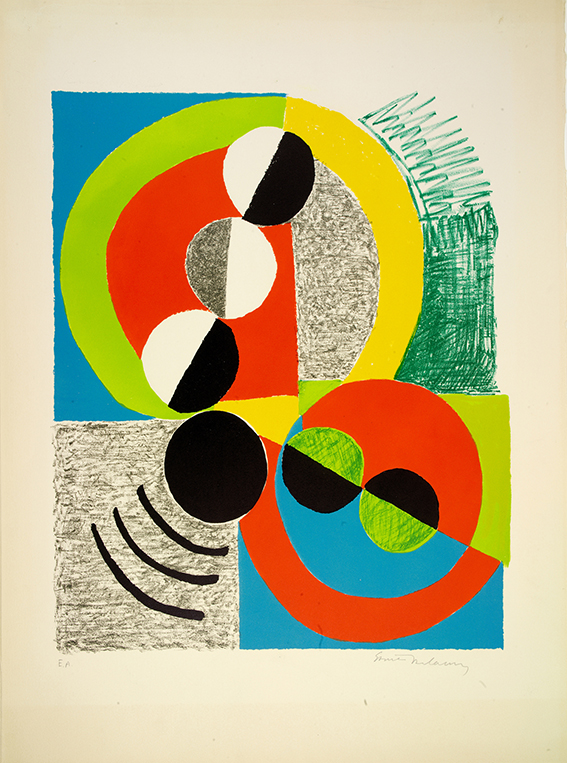
Affreux Jojo